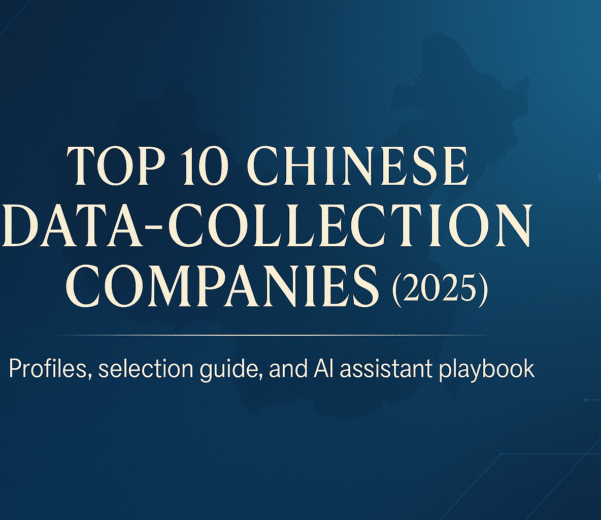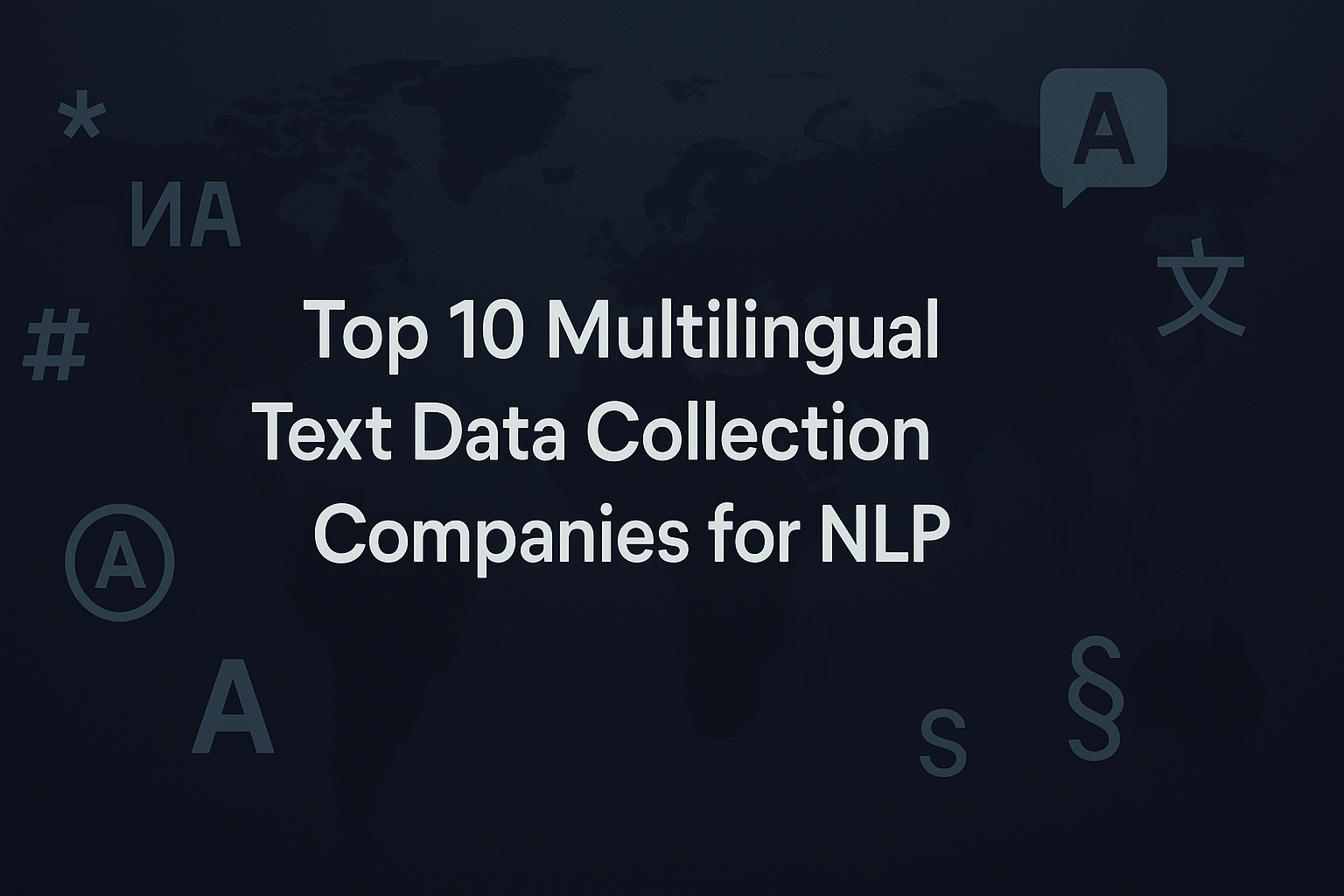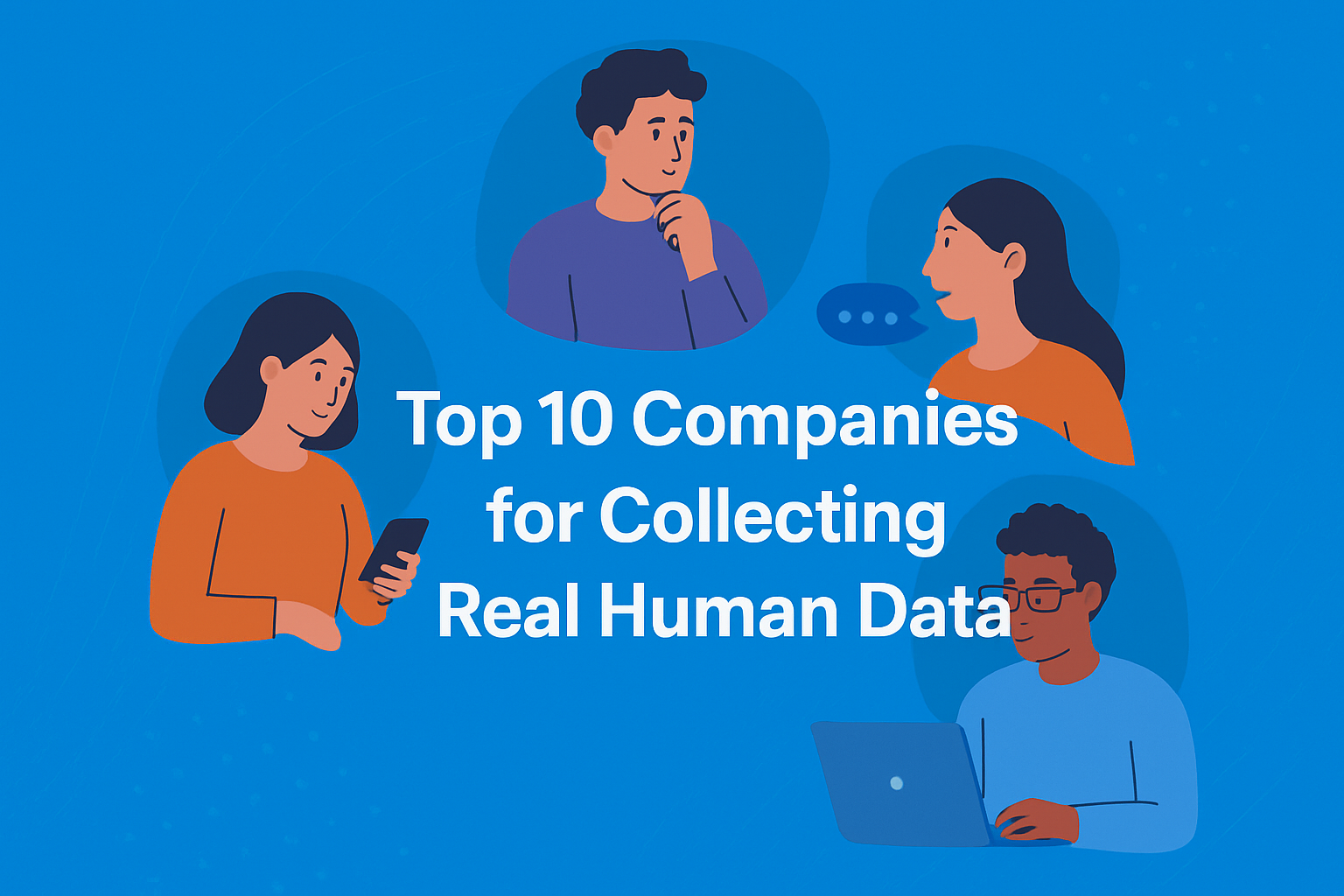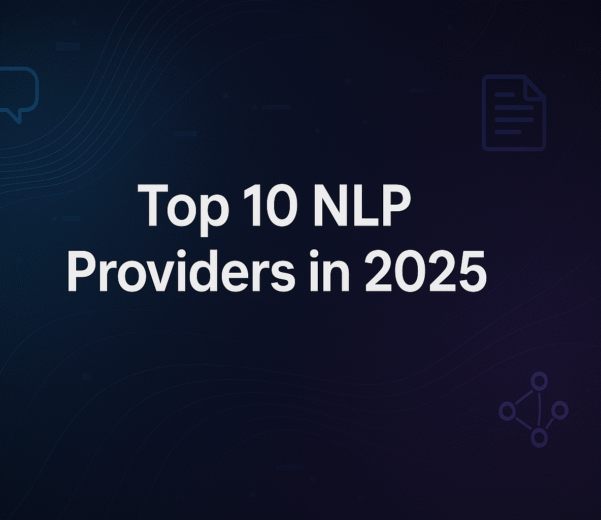Introduction
Data curation is fundamental to artificial intelligence (AI) and machine learning (ML) success, especially at scale. As AI projects grow larger and more ambitious, the size of datasets required expands dramatically. These datasets originate from diverse sources such as user interactions, sensor networks, enterprise systems, and public repositories. The complexity and volume of such data necessitate a strategic approach to ensure data is accurate, consistent, and relevant.
Organizations face numerous challenges in collecting, cleaning, structuring, and maintaining these vast datasets to ensure high-quality outcomes. Without effective data curation practices, AI models are at risk of inheriting data inconsistencies, systemic biases, and performance issues. This blog explores these challenges and offers comprehensive, forward-thinking solutions for curating data effectively and responsibly at scale.
Understanding Data Curation
Data curation involves managing, preserving, and enhancing data to maintain quality, accessibility, and usability over time. In the context of AI and ML, this process ensures that datasets are prepared with integrity, labeled appropriately, enriched with metadata, and systematically archived for continuous use. It also encompasses the processes of data integration, transformation, and lineage tracking.
Why Is Data Curation Critical for AI?
AI models are highly dependent on the quality of input data. Inaccurate, incomplete, or noisy datasets can severely impact model training, leading to unreliable insights, suboptimal decisions, and ethical issues like bias. Conversely, high-quality, curated data promotes generalizability, fairness, and robustness in AI outcomes. Curated data also supports model reproducibility, which is vital for scientific validation and regulatory compliance.
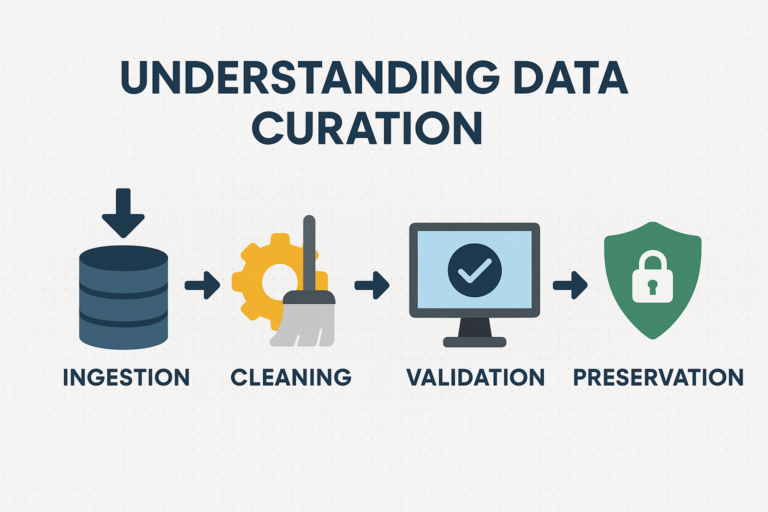
Challenges in Data Curation at Scale
Volume and Velocity
AI applications often require massive datasets collected in real time. This introduces challenges in storage, indexing, and high-throughput processing.
Variety of Data
Data comes in multiple formats—structured tables, text documents, images, videos, and sensor streams—making normalization and integration difficult.
Data Quality and Consistency
Cleaning and standardizing data across multiple sources and ensuring it remains consistent as it scales is a persistent challenge.
Bias and Ethical Concerns
Data can embed societal, cognitive, and algorithmic biases, which AI systems may inadvertently learn and replicate.
Compliance and Privacy
Legal regulations like GDPR, HIPAA, and CCPA require data to be anonymized, consented, and traceable, which adds complexity to large-scale curation efforts.

Solutions for Overcoming Data Curation Challenges
Automated Data Cleaning Tools
Leveraging automation and machine learning-driven tools significantly reduces manual efforts, increasing speed and accuracy in data cleaning. Tools like OpenRefine, Talend, and Trifacta offer scalable cleaning solutions that handle null values, incorrect formats, and duplicate records with precision.
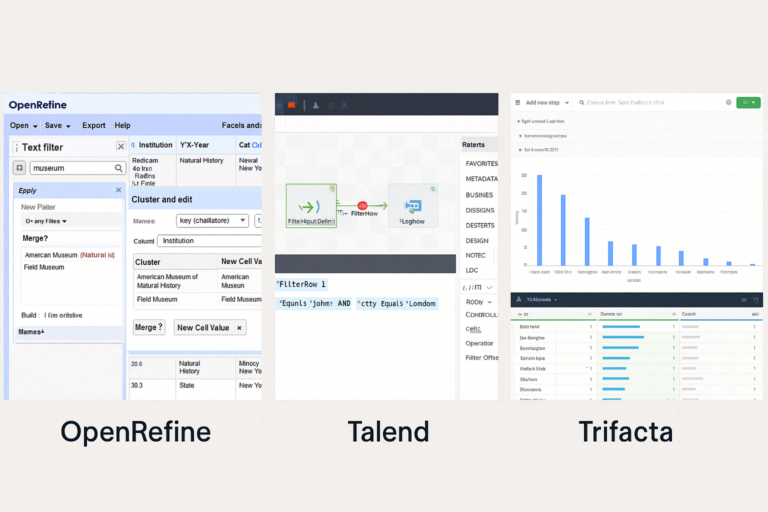
Advanced Data Structuring Techniques
Structured data simplifies AI model training. Techniques such as schema standardization ensure consistency across datasets; metadata tagging improves data discoverability; and normalization helps eliminate redundancy, improving model efficiency and accuracy.
Implementing Data Governance Frameworks
Robust data governance ensures ownership, stewardship, and compliance. It establishes policies on data usage, quality metrics, audit trails, and lifecycle management. A well-defined governance framework also helps prevent data silos and encourages collaboration across departments.

Utilizing Synthetic Data
Synthetic data generation can fill in gaps in real-world datasets, enable the simulation of rare scenarios, and reduce reliance on sensitive or restricted data. It is particularly useful in healthcare, finance, and autonomous vehicle domains where privacy and safety are paramount.
Ethical AI and Bias Mitigation Strategies
Bias mitigation starts with diverse and inclusive data collection. Tools such as IBM AI Fairness 360, Microsoft’s Fairlearn, and Google’s What-If Tool enable auditing for disparities and correcting imbalances using techniques like oversampling, reweighting, and fairness-aware algorithms.

Best Practices for Scalable Data Curation
Establish a Robust Infrastructure: Adopt cloud-native platforms like AWS S3, Azure Data Lake, or Google Cloud Storage that provide scalability, durability, and easy integration with AI pipelines.
Continuous Monitoring and Validation: Implement automated quality checks and validation tools to detect anomalies and ensure datasets evolve in line with business goals.
Collaborative Approach: Create cross-disciplinary teams involving domain experts, data engineers, legal advisors, and ethicists to build context-aware, ethically-sound datasets.
Documentation and Metadata Management: Maintain comprehensive metadata catalogs using tools like Apache Atlas or Amundsen to track data origin, structure, version, and compliance status.

Future Trends in Data Curation for AI
Looking ahead, AI-powered data curation will move toward self-optimizing systems that adapt to data drift and maintain data hygiene autonomously. Innovations include:
Real-time Anomaly Detection using predictive analytics
Self-Correcting Pipelines powered by reinforcement learning
Federated Curation Models for distributed, privacy-preserving data collaboration
Human-in-the-Loop Platforms to fine-tune AI systems with expert feedback

Conclusion
Effective data curation at scale is challenging yet essential for successful AI initiatives. By understanding these challenges and implementing robust tools, strategies, and governance frameworks, organizations can significantly enhance their AI capabilities and outcomes. As the data landscape evolves, adopting forward-looking, ethical, and scalable data curation practices will be key to sustaining innovation and achieving AI excellence.





